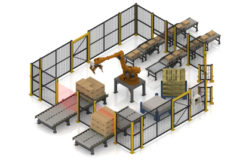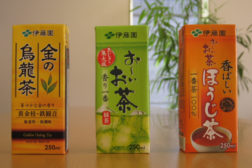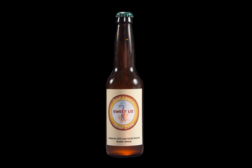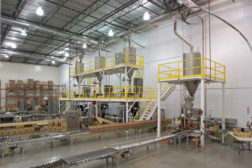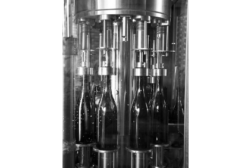Web Exclusive Stories
Web Exclusive
Tea trouble
How formulations meet packaging needs, not consumers’
March 27, 2014
Sponsored spotlight article
xpedx designs a box without corners to showcase a variety of unique craft beers
March 21, 2014
Web Exclusive
Assessing conveying systems for streamlined throughput in high-volume coffee roasting
The latest generation of tubular drag cable conveyors provide critical process and product quality benefits.
February 27, 2014
Web Exclusive
Technical benefits of package printing production processes
February 20, 2014
Web Exclusive
Sodas, sauces and soups!
Exploring safe, efficient packaging solutions for your liquids.
February 13, 2014


